Dining out is no longer the occasional treat; most of us eat out on a regular basis – probably far more than we realise.
Research conducted by Food Standards Scotland (FSS) shows that people living in areas of socioeconomic disadvantage eat out almost every day – 28 times per month, on average, rising to 36 times a month for those under 30.
This might not be that surprising when you consider that eating out isn’t all about sit-down restaurant meals – these actually make up a very small proportion (3%) of visits. We must also consider the frequent, smaller purchases which tend to take up the bulk of our spend on visits out of home, from places like coffee shops.
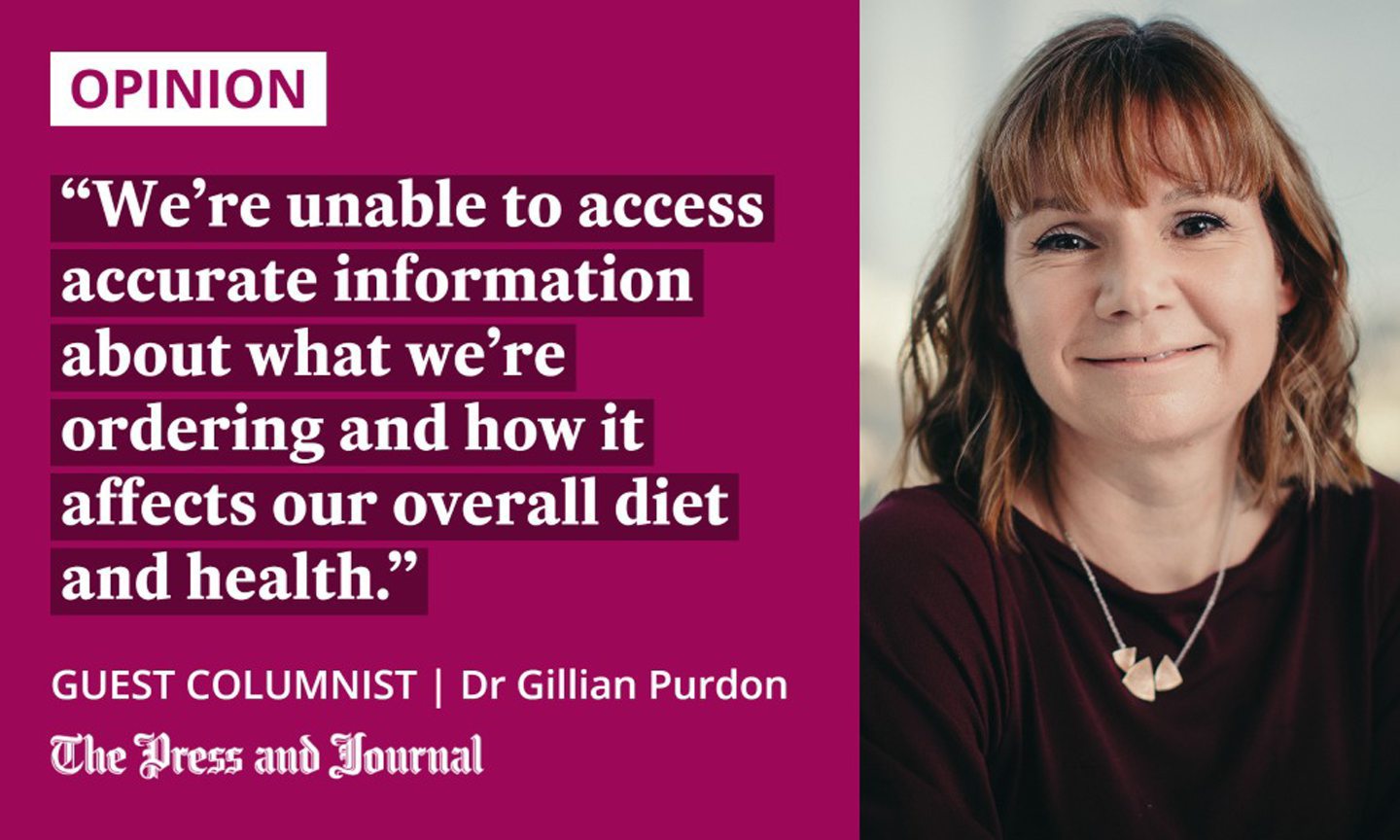
Around a quarter of our calories come from items prepared outside of the home and, with takeaway and delivery apps accelerating our ability to order food with just a touch of a button, it looks like this trend is set to continue.
Though accessing food and drinks out of our homes has become easier, we’re unable to access accurate information about what we’re ordering and how it affects our overall diet and health. In addition, these foods also tend to come in larger portions, and contain more calories than the labelled food and drink we purchase from supermarkets.
Calorie labelling reduces calories consumed
Implementing calorie labelling can act as a catalyst for businesses to adapt recipes and reduce the calories in their offerings. This has the advantage of positively impacting consumers without them having to make a conscious decision. And, with an exemption for items on the menu that change frequently, such as daily specials, it won’t stand in the way of innovation and use of seasonal ingredients.
Evidence shows providing calorie information tends to lead to a reduction in calories ordered or consumed, and this small reduction can add up to make a big difference at a population level.
Including this kind of information is not a novel practice. Many larger chains have been doing so for some time, and it is mandatory on the back of all pre-packaged goods.
The @ScotGovHealth consultation on mandatory calorie labelling for cafes, coffee shops, restaurants and takeaways is open until 1 July. This is an evidenced based policy, recommended by FSS. Respond to the consultation: https://t.co/5FYNSDjo9Y pic.twitter.com/jcoGlyicWY
— FoodStandardsScot (@FSScot) June 9, 2022
We recognise, however, that it can only ever be one way of addressing the complex issue of rising levels of overweight and obesity, which affect individuals’ lives and put a strain on NHS resources. But, we are also conscious that the potential inclusion of calorie information on menus may be difficult for some people, particularly those with disordered eating.
The live Scottish Government consultation (open until 1 July) offers the opportunity for the public to have their say, and also to suggest ways of mitigating any potential harm. We encourage anyone with a view to contribute their thoughts.
Dr Gillian Purdon is head of nutrition science and policy at Food Standards Scotland
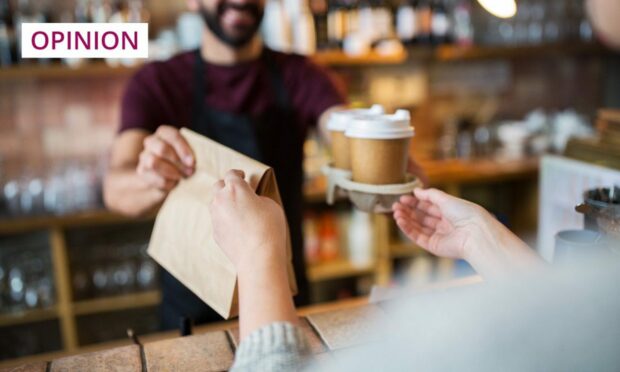
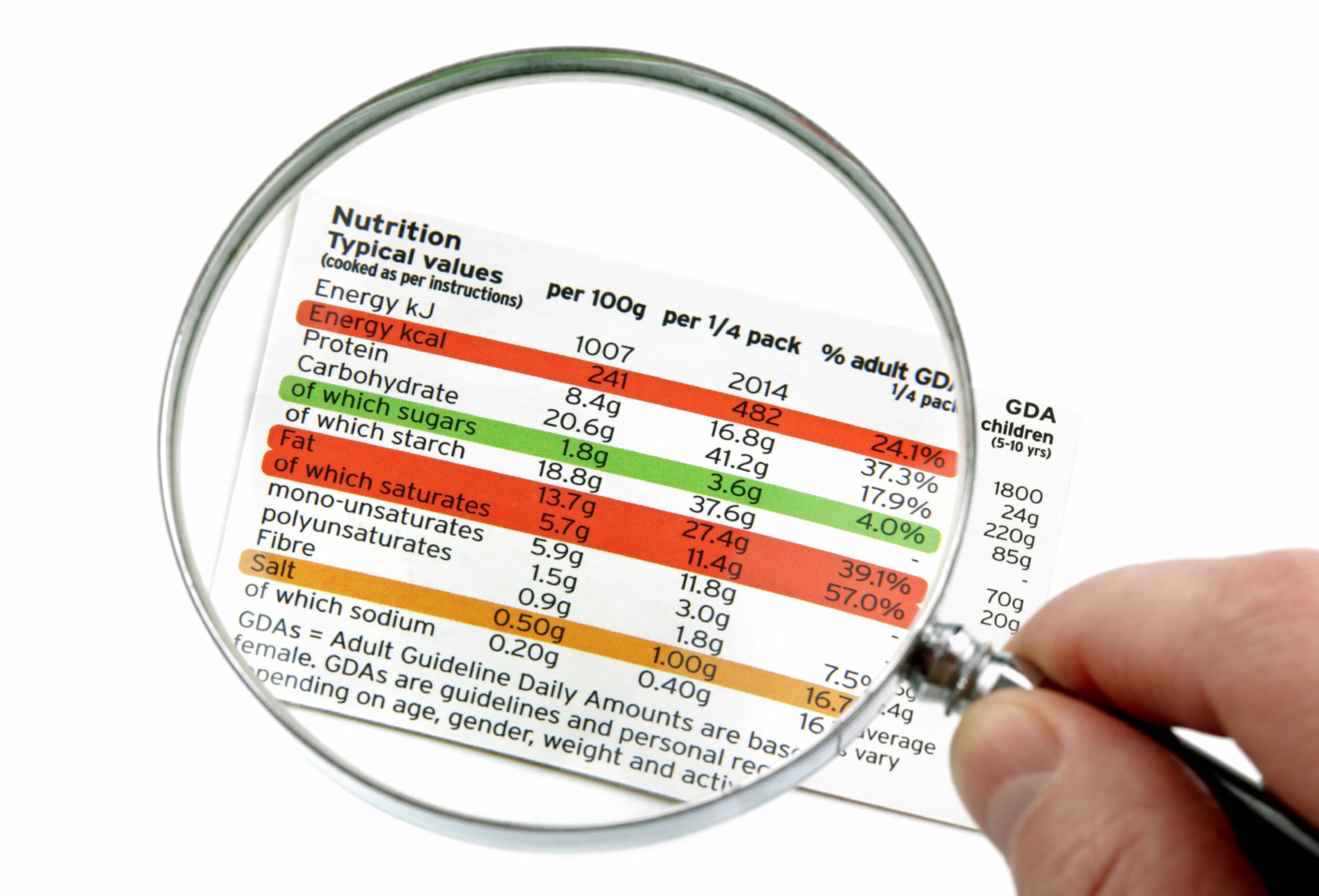

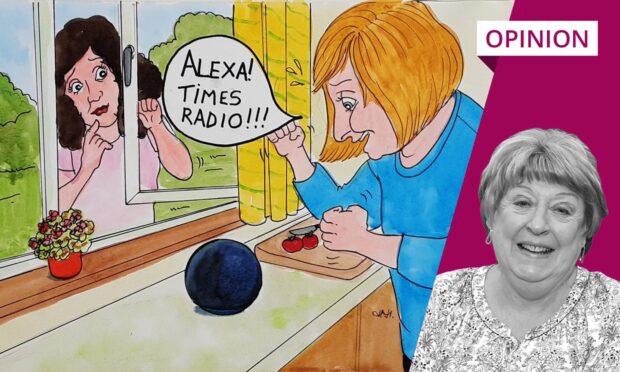
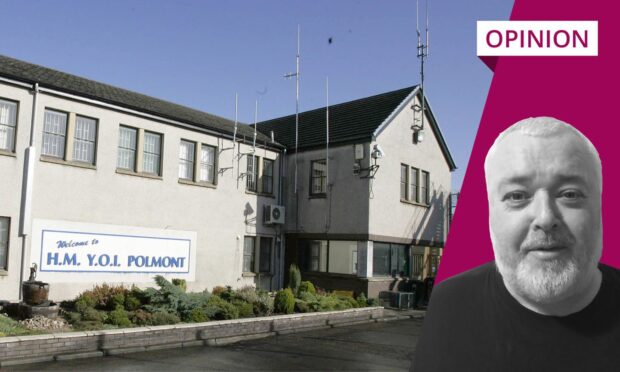

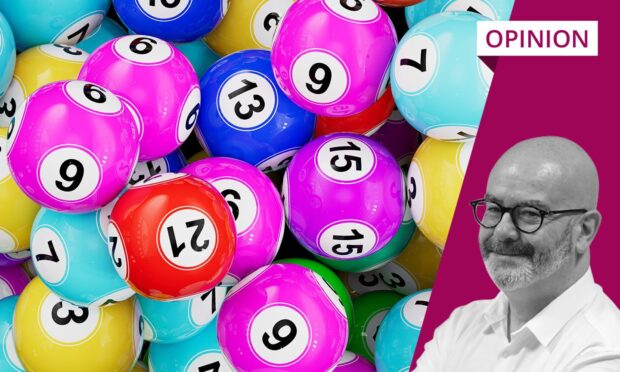
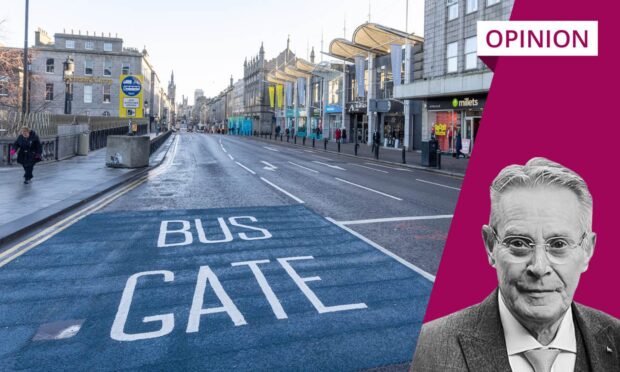

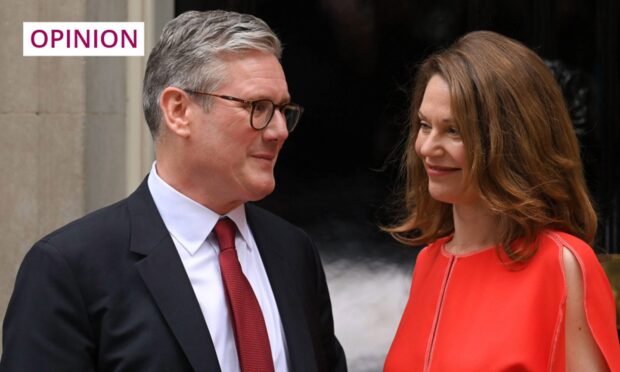

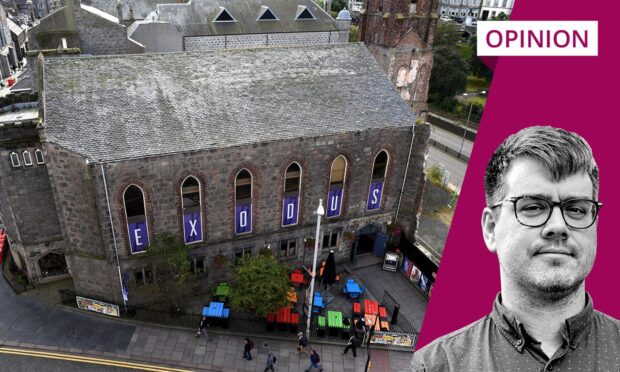
Conversation